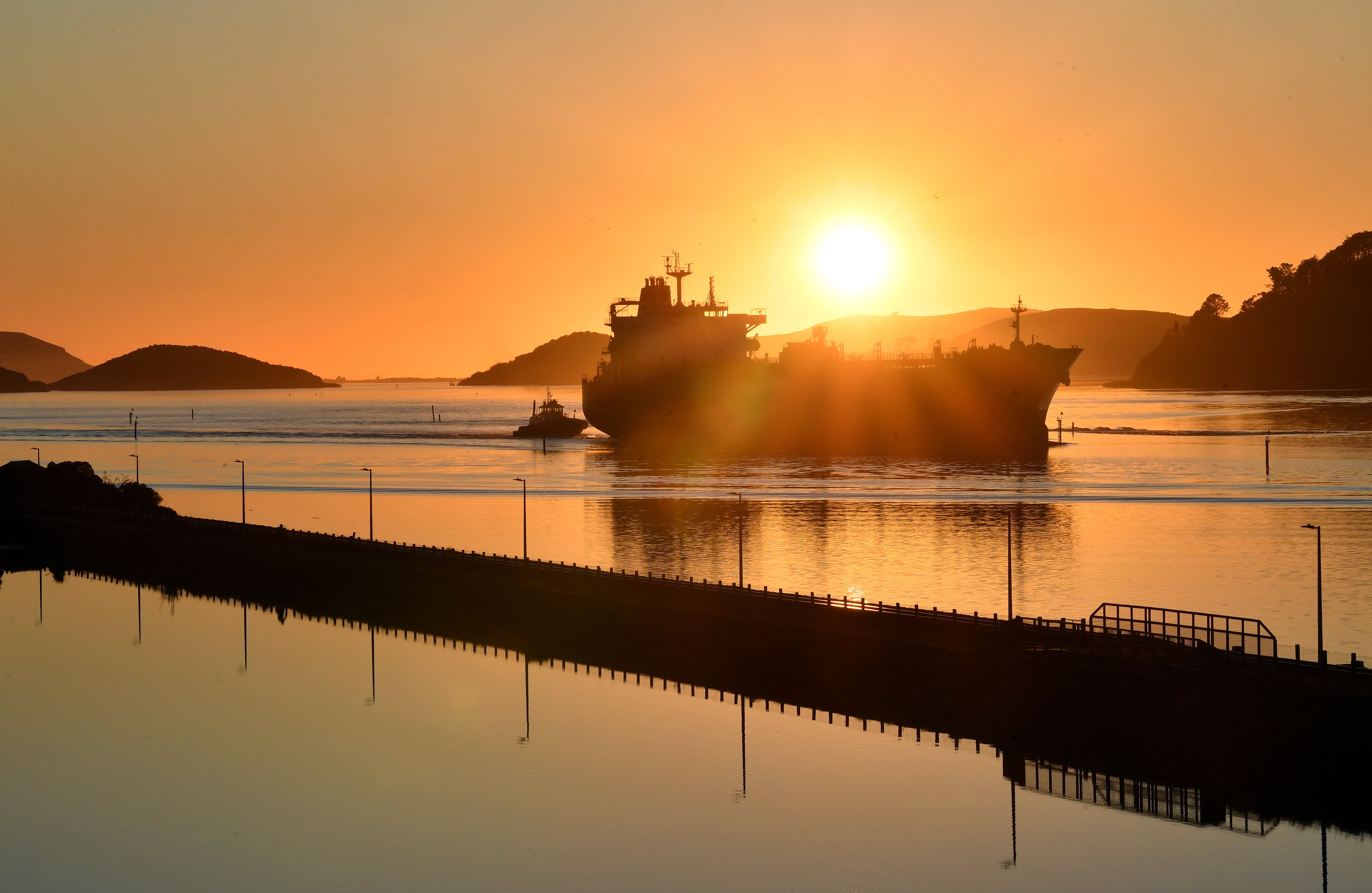
Provisionally, a new national mean sea-level pressure record was set in Ranfurly on Wednesday night, when the barometer reached a new high of 1046.5hPa (hectopascals).
Niwa meteorologist Ben Noll said the high-pressure system, also known as an anticyclone, sitting across New Zealand was among the strongest on record to pass over the country.
"It’s a statistic of meteorological significance, but for the average person it might not mean a whole heck of a lot.
"At the end of the day, for most people, it’s just another standard winter’s day."
The Niwa national climate database shows the present high-pressure record, 1046hPa, was set in Wellington in 1889.
Before the new record could be confirmed, he said it would have to be compared with the 1889 record, which was written on paper and stored in a records facility in Wellington.
He said the pressure had reached 1046hPa several times in New Zealand since then, but the records were usually rounded to the nearest whole number.
"So in this case, because it’s 1046.5, it may be that we end up rounding it up to 1047hPa as an official reading.
"Once we understand what the Wellington record is to a tenth, we will be able to solidify the record."
Air pressure was driven by many different factors.
"The atmosphere is full of areas of high pressure and low pressure and this is part of the overall balance that we see in the atmosphere — what goes up, must come down.
"At the moment, we’ve got this high pressure system over us, but at the same time there is an equally impressive area of low pressure lingering well to the west of New Zealand, over the Australian Bight.
"The intensity of these pressure systems could be likely linked to jetstream activities across the southern hemisphere.
"Those jetstream trends can help prescribe placement of the highs and the lows.
"Right now there is a lack of jetstream activity in the New Zealand region and that is helping to pump up the strength of the high that’s sitting in our part of the hemisphere."
He said changes to jetstream activity could be related to climate change, but more research was needed to draw the connection.
High-pressure systems were associated with descending
air in the atmosphere which spread outwards when it reached the ground.
"That typically brings calm weather, clear skies and relatively cold conditions that we’re experiencing right now.
"In Central Otago, Alexandra and Clyde have experienced what we call a temperature inversion which leads to fog and freezing temperatures lingering for much of the day underneath these areas of high pressure."
The high was expected to weaken during this weekend, Mr Noll said.
The highest sea-level air pressure in the world was recorded in Agata, Siberia, when the barometer reached 1083.8hPa on December 31, 1968.













